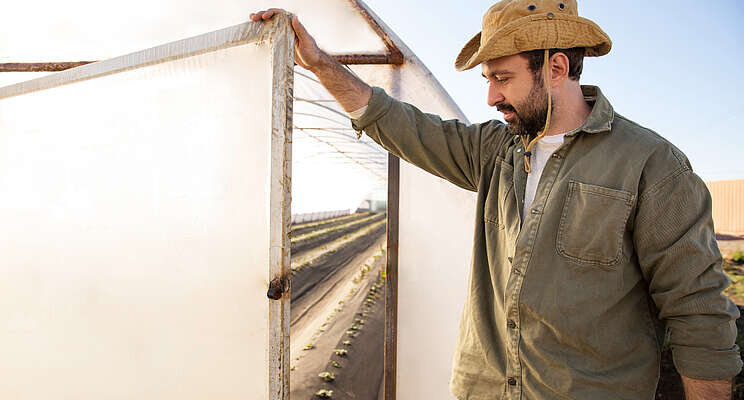Lower electricity use via natural ventilation
Added on 25 May 2022

Fan ventilation has been a primary method of cooling greenhouses.
At 8-10 cubic feet of air per square foot of floor area, this system gives about one volume air change per minute, adequate to keep the growing area within a few degrees of the outside air temperature. Its main advantage is that it provides a positive flow of air through the crop with the fans exhausting heated air from the greenhouse and replacing it with cooler air from outside.
One disadvantage is that it creates a 7ş-12ş F differential between the intake shutter end and the fan end of the greenhouse, which can affect plant growth. Another disadvantage is that the fan ventilation is often the largest part of the monthly electric bill.
Greenhouse fans usually operate about 2,000 hours per year. Depending on the installed capacity, the efficiency of the fans and desired daytime temperature of the greenhouse, this can amount to 0.5 to 1 kilowatt hour per square foot of greenhouse floor area per year.
According to the U.S. Energy Information Administration, current commercial electricity rates are between 7.6˘/kwhr in Idaho to 17.9˘/kwhr in Massachusetts, with a U.S. average of 11.2˘/kwhr. If we use the average cost and assume that the fans will use three-fourths of a kilowatt hour/sq ft, the cost will be 8.4˘/sq ft, or $840 for cooling a 10,000 sq ft greenhouse for the year.
Photo created by freepik - www.freepik.com
Source: Greenhouse Management
More news















